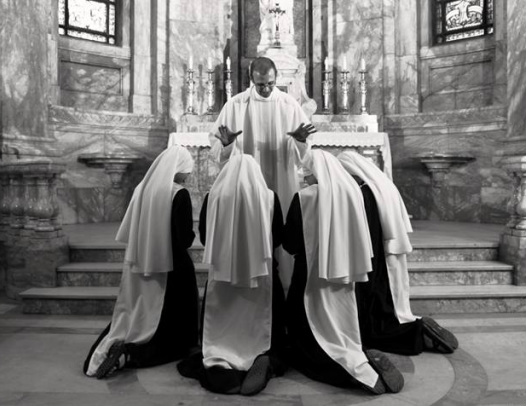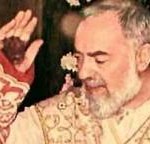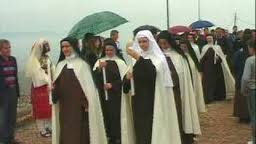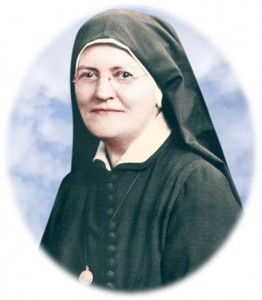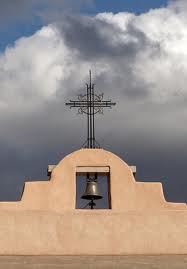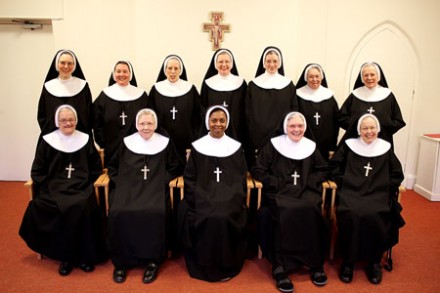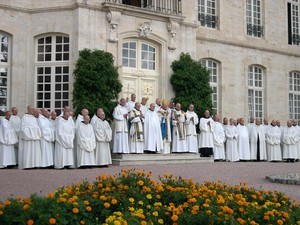 Sunday, February 2, is the Feast of the Presentation of the Lord which is also the World Day of Consecrated Life. Pope John Paul II instituted this special remembrance “to help the entire Church to esteem ever more greatly the witness of those persons who have chosen to follow Christ by means of the practice of the evangelical counsels.”
Sunday, February 2, is the Feast of the Presentation of the Lord which is also the World Day of Consecrated Life. Pope John Paul II instituted this special remembrance “to help the entire Church to esteem ever more greatly the witness of those persons who have chosen to follow Christ by means of the practice of the evangelical counsels.”
This particular day was chosen because, the Holy Father noted, “the Presentation of Jesus in the Temple is an eloquent icon of the total offering of one’s life for all those who are called to show forth in the Church and in the world, by means of the evangelical counsels the characteristic features of Jesus — the chaste, poor and obedient one.”
In support of this day of prayer for consecrated men and women, the IRL has published a novena booklet: Living Signs of the Gospel: A Novena to Support All Consecrated Persons in the Church, written by Msgr. Charles M. Mangan, highlighting excerpts from the Holy Father’s nine messages/homilies for the World Day of Prayer for Consecrated Life. The goal of this novena is:
1) To pray for consecrated men and women
2) To strengthen consecrated life
3) To pray for vocations to the consecrated life
Please join us in saying this novena during 2013. A free copy of the booklet may be obtained by calling the IRL office at (847)573-8975 or by e-mailing us at IRLstaff@religiouslife.com.
